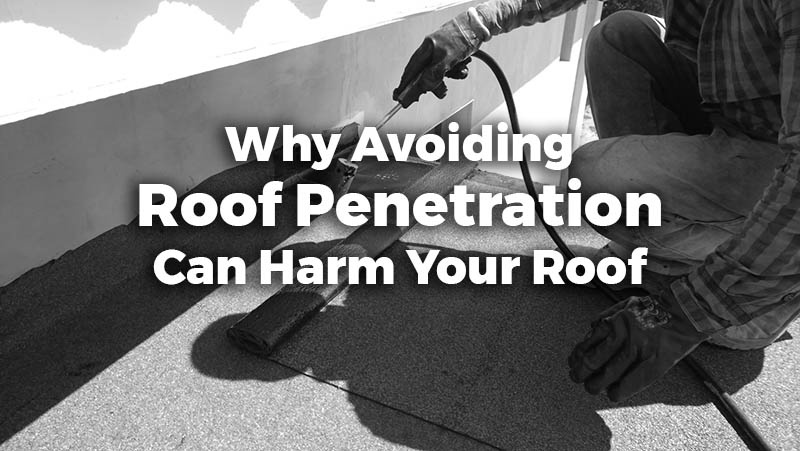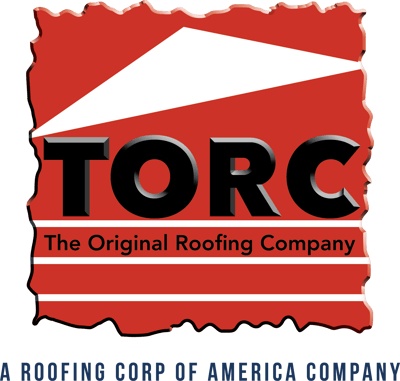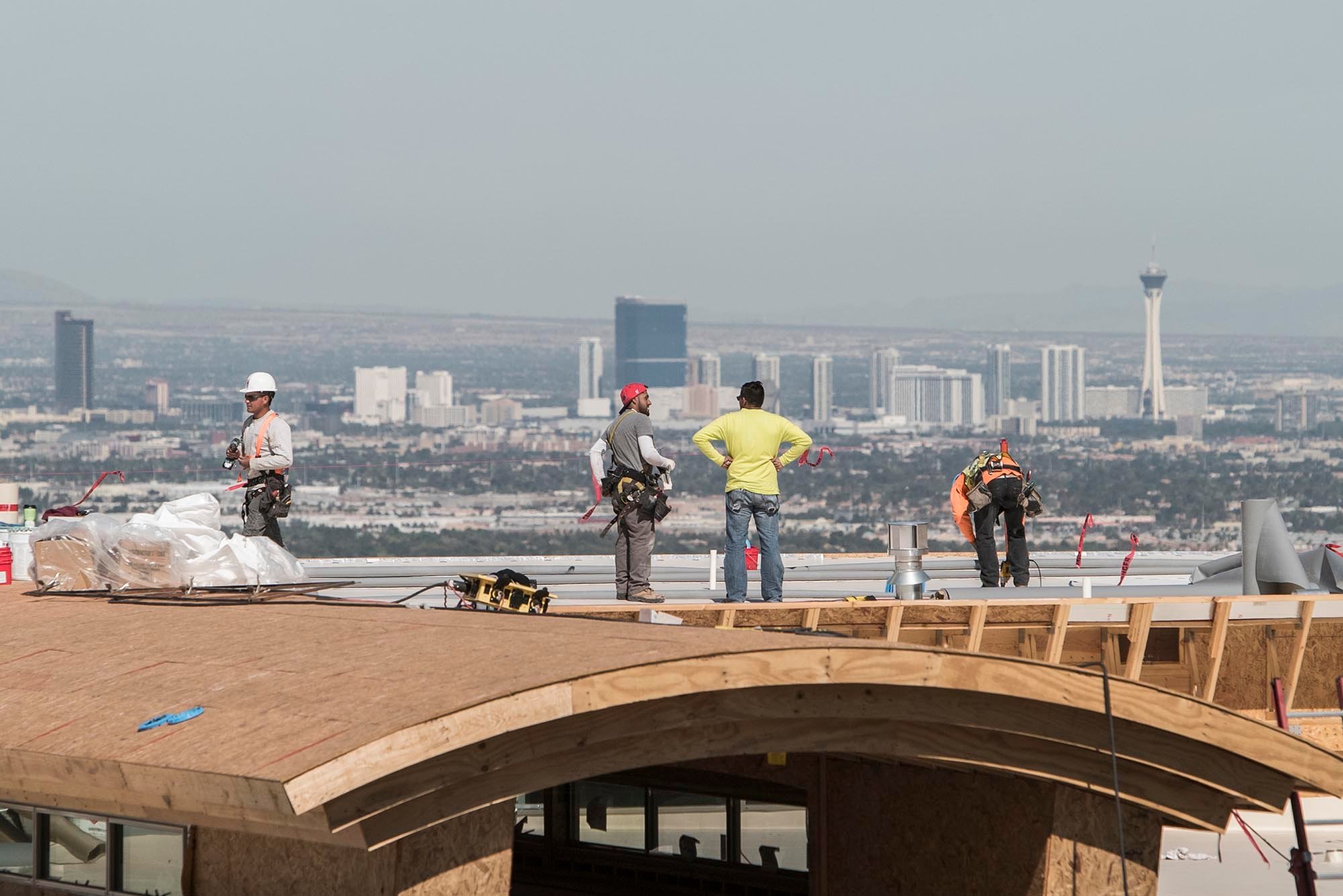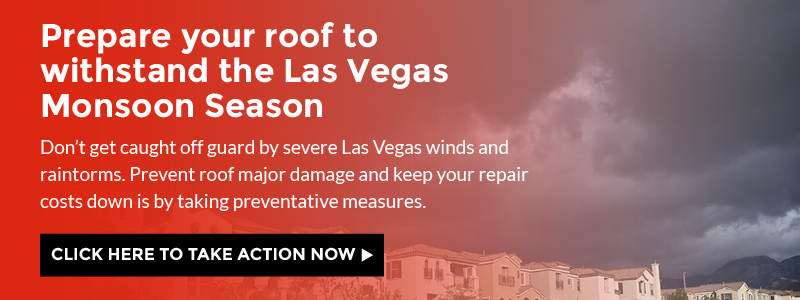
If you want to add a satellite dish or a new air conditioner to your building, you might be thinking of a way to install it without penetrating your roof. A roof is an expensive investment and is responsible for protecting your building from the elements, which means you probably don’t want to poke holes in it. Ironically, you could be doing more harm than good if you avoid this and opt for a DIY installation. While it may seem counterintuitive, a roof penetration done by professionals is actually less risky than circumventing it altogether.
Need help with a commercial roofing repair or penetration?
Call Us (702) 739-7663
What Is Roof Penetration [Definition]
Roof penetration refers to any hole that is made through your roof that is made to install a piece of equipment. Common sources of roof penetration include air, combustion or plumbing vents, skylights, chimneys, and AC units. Roof penetrations should always be made by qualified professionals, or you can seriously damage your roof and the object you hope to install. While this method requires piercing your roof’s membrane, overall this method is usually safer for your investment and yourself than any alternative.
Why Is Roof Penetration Bad?
One of the reasons why building owners are averse to roof penetrations is that it requires puncturing the roof membrane. This is a thin layer of plastic, vinyl, or bitumen located underneath the roofing material that provides the waterproofing for a roof. It is usually located attached to the roof’s decking, but sometimes it is the sole layer which forms the roof’s outer surface. Any holes made in this which are not properly sealed can make your whole building vulnerable to entry by pests, debris, wind, and especially water damage.
While puncturing your building envelope can theoretically introduce vulnerabilities, a roof penetration isn't necessarily bad if performed by a licensed roofing contractor. It can provide the maximum support for whatever you hope to install while protecting the health of your roof. While some smaller objects can be safely attached to the surface of your roof, larger objects such as HVAC units will generally need to be inserted via a roof penetration. These can help to reduce the overall weight on your roof while harnessing the support offered by your roof.
Most Common Types of Harmful Roof Penetration and Roof Defects
- Improperly selected roof attachment, such as a wooden pole
- Poorly attached flashing
- Punctured counter-flashing
- Sealing punctures with caulking instead of flashing
- Improper use of caulk and banding
- Failure to maintain a pitch pocket
Why Going Out of the Way to Avoid Roof Penetration Can Harm the Roof
While it may be tempting to avoid a roof penetration, doing so can often cause more harm than good. Anything you install on your roof, be it an HVAC unit, solar panels, or even a satellite dish, will be vulnerable to high winds, precipitation, debris, or even earthquakes. Many DIY roofing installations rely on heavy ballasts to hold secure objects, which provide insufficient support against these forces. Anything you install in this way can be less secure and more prone to tipping over and damaging your roof than it would be had you installed it via roof penetration.
In addition with poor structural stability, a DIY installation can also interfere with proper drainage on your roof. The supports and added ballast can collect debris, which can block drains and cause water to pool and weaken the roof. Over time, the weight of the ballast can leave indentations or otherwise damage the roof, allowing for more ponding. This can significantly reduce the lifespan of your roof, but in extreme cases it can lead to sagging and can threaten roof collapse.
While it’s natural to have some reservations, when done by a licensed professional, a roof penetration could be the safest way to install a piece of equipment on your roof. Doing so can provide an object with much more support and can relieve your roof from the weight of the support structure you would have to construct. In addition, your a roof penetration can help your roof and the object you install can better cope with the elements. A team of professionals who have your interests at heart can advise you on the best way option for your installation.





